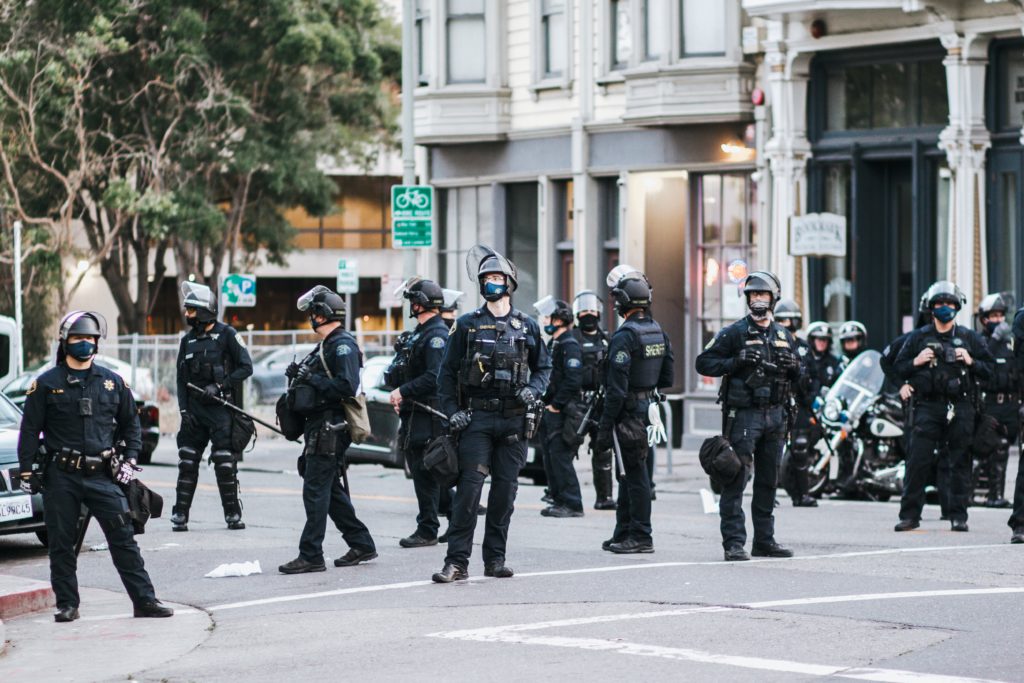The protection of soldiers is not often left in the hands of a single gear. Many departments in the modern government today depend on either a ballistic shield, ballistic helmets, or both for providing protection for soldiers and law enforcement agents. Let’s talk about the ballistic shields.
Ballistic Shields
They are used to protect frontline soldiers from ballistic threats and projectiles. Ballistic shields can come in a variety of shapes and styles with each of them manufactured to serve different functionalities. Some of the most popular ballistic shields are the ones used by the SWAT team. The thick-looking units are used to provide a level of protection when faced with high-rate threats or situation. However, there is a misconception that these shields can withstand all forms of attacks and projectile shots.

Before crouching behind a shield in the hope of ballistic protection, it is important that you understand the levels of ballistic resistance level of the shield as well as the kind of threats that you can be protected against. Although evidently obvious, it is still noteworthy to mention that whatsoever is not directly hidden behind the shield is not protected from bullet shots. This is why most military and law enforcement agents use shin guards as well as ballistic helmets to ensure that other parts of the body that are susceptible to danger are properly protected.
Ballistic Helmets
Used alone, they offer maximum protection for the head but minimal protection for the rest of the body. This is why they are not designed to be the only source of ballistic protection for soldiers. Ballistic helmets are used together with other gears such as the ballistic vest or ballistic shields. However, most agents prefer the ballistic shields for several reasons. Unlike ballistic vests, ballistic shields protect more areas of the body. They are also able to stop projectiles without causing trauma or pain. This is because the shields are not designed to stay close on the body.
With a ballistic helmet protecting head and a ballistic shield at hand, soldiers and law enforcement agents can be more protected.
Check out the rest of our posts here.

